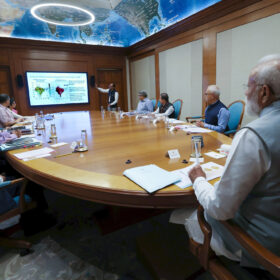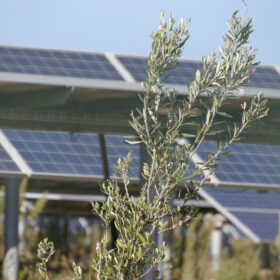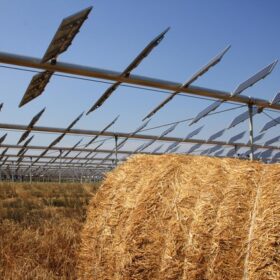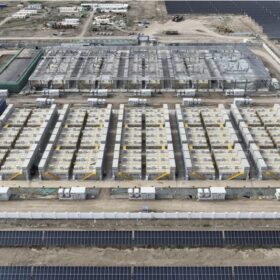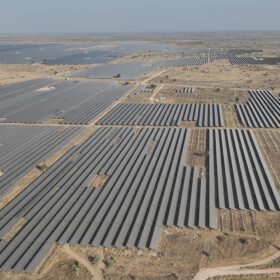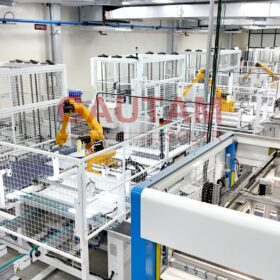India’s ruling party pledges renewables, manufacturing focus in its poll manifesto
India’s ruling party Bharatiya Janata Party (BJP) has vowed continued focus on renewables, energy storage and electric mobility with a view to achieving energy independence for the nation by 2047.
Bridging the skill demand-supply gap in solar and green hydrogen sectors
The demand-supply gap for skilled workers in solar and green hydrogen sectors is a significant challenge for India’s transition towards a sustainable future. However, by prioritizing comprehensive skilling initiatives and fostering strong collaborations between the government, educational institutions, and industry stakeholders, the nation can effectively bridge this gap and unlock the full potential of its renewable energy and sustainability ambitions.
ReNew crosses 10 GW of gross renewable energy assets
ReNew surpassed a cumulative installed renewables capacity of 10 GW as on March 31, 2024. Out of this, the company added 1.94 GW of RE assets (1,174 MW of solar and 768 MW of wind energy) in FY 2023-24.
Gensol Engineering hits INR 1,783 crore order book
The order book comprises solar EPC projects (including Scorpius Trackers) worth INR 1,448 crore and EV Leasing solutions worth INR 335 crore.
India surpasses 75 GW of installed solar capacity
India’s cumulative solar PV installations hit 75.58 GW at the end of February, according to the latest figures from the Ministry of New and Renewable Energy (MNRE).
The next 100 years of energy
Solar is poised to be the leading energy source in the next century. In terms of cost, renewables are almost at par with their dirtier counterparts, and within a few years will soon overtake them in terms of the volume of the overall worldwide energy produced.
New study finds potential for 3,200 GW of agrivoltaics in India
The state of Punjab has a potential for around 871 GWp of agrivoltaics. It is followed by Haryana (700 GWp) and Rajasthan (592 GWp).
Huawei debuts all-in-one storage solution for residential PV
Huawei says its new, all-in-one storage solution for residential PV comes in three versions with one, two, or three battery modules, offering 6.9 kWh to 20.7 kWh of usable energy. The the Luna2000-7/14/21-S1 system also includes an inverter, an optimizer, and an energy management system.
Wheat grows better in agrivoltaic facilities
New research from Italy shows lower wheat production under elevated agrivoltaic systems, but a simultaneous increase in nutritional value for livestock. pv magazine Italy spoke with the academics about their future research.
India is seeing record demand for rooftop solar systems
India is seeing record demand for rooftop solar both from residential and industrial consumers. While the recently announced Pradhan Mantri Suryodaya Yojana (PMSY) Scheme is driving adoption among residential consumers, industries seek to add clean energy to meet climate goals amid falling panel prices.
